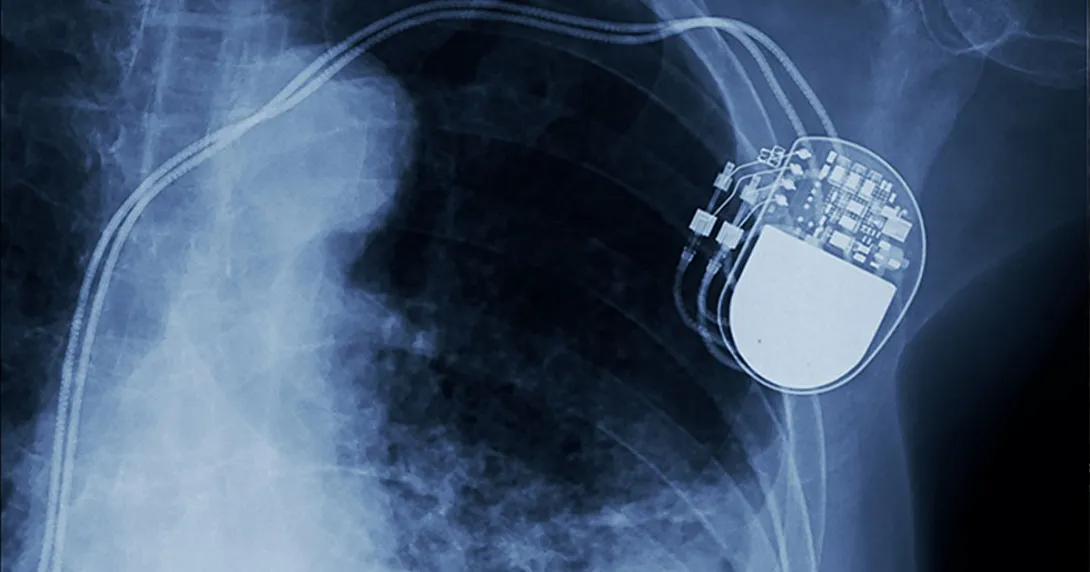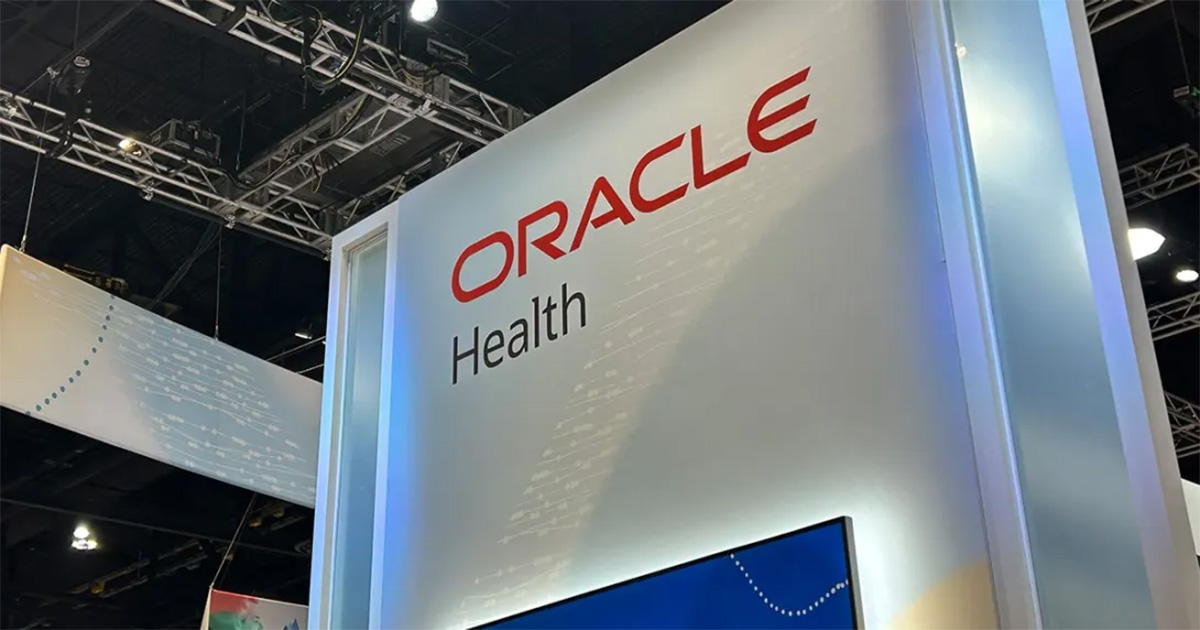As physician representative on the new federal Health Information Technology Policy Committee, what do you view as your top responsibility?
The majority of physicians see the electronic health record as a means to an end - to deliver high quality, affordable healthcare. The substantial financial incentive provided in the Recovery Act provides a major boost to achieving this common goal, but the policies governing the “meaningful use” criteria must be set carefully. If the criteria are set too high, they could be barriers themselves. Set too low; they could “let through” too many basic products that will not live up to the goals of facilitating better care.
Is government doing the right thing to encourage the use of healthcare IT among providers, or would a different approach work better?
There are several roles the government needs to play. Establishing the public infrastructure, as it did with the public highways, is one. Promoting and, in effect, subsidizing the capital acquisition for the software and its implementation, is another. One of the reasons why government should subsidize the investment is because it will be one of the main beneficiaries, as the largest payer for health care. Measuring and ensuring that we achieve the quality benefits of HIT use are other important roles for the government. All of these roles are addressed in the Recovery Act.
Does this new federal advisory panel replace NeHC (National eHealth Collaborative) and how is it different?
No, the HIT Policy committee is a federal advisory committee that deals with policy issues related to the Recovery Act’s HIT provisions (e.g., meaningful use, privacy, standards). NeHC is a public-private collaboration working on best practices and breakthrough strategies to assist the community in achieving the goal of effective use of HIT. They’re complementary - policy and practice.


